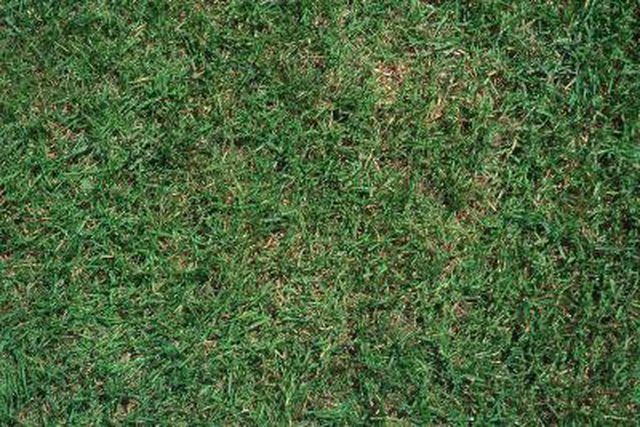Bulbs
Flower Basics
Flower Beds & Specialty Gardens
Flower Garden
Garden Furniture
Garden Gnomes
Garden Seeds
Garden Sheds
Garden Statues
Garden Tools & Supplies
Gardening Basics
Green & Organic
Groundcovers & Vines
Growing Annuals
Growing Basil
Growing Beans
Growing Berries
Growing Blueberries
Growing Cactus
Growing Corn
Growing Cotton
Growing Edibles
Growing Flowers
Growing Garlic
Growing Grapes
Growing Grass
Growing Herbs
Growing Jasmine
Growing Mint
Growing Mushrooms
Orchids
Growing Peanuts
Growing Perennials
Growing Plants
Growing Rosemary
Growing Roses
Growing Strawberries
Growing Sunflowers
Growing Thyme
Growing Tomatoes
Growing Tulips
Growing Vegetables
Herb Basics
Herb Garden
Indoor Growing
Landscaping Basics
Landscaping Patios
Landscaping Plants
Landscaping Shrubs
Landscaping Trees
Landscaping Walks & Pathways
Lawn Basics
Lawn Maintenance
Lawn Mowers
Lawn Ornaments
Lawn Planting
Lawn Tools
Outdoor Growing
Overall Landscape Planning
Pests, Weeds & Problems
Plant Basics
Rock Garden
Rose Garden
Shrubs
Soil
Specialty Gardens
Trees
Vegetable Garden
Yard Maintenance
What Is Carpet Grass?
What Is Carpet Grass?. Carpetgrass is a creeping, warm-season grass that is found in fields and woods, along roads and pastures, and in home lawns. According to the Texas Cooperative Extension, carpetgrass is also known as flatgrass, Louisiana grass and “petit gazon” by the Creoles in Louisiana.

Carpetgrass is a creeping, warm-season grass that is found in fields and woods, along roads and pastures, and in home lawns. According to the Texas Cooperative Extension, carpetgrass is also known as flatgrass, Louisiana grass and "petit gazon" by the Creoles in Louisiana.
Botanical Name
The botanical name for carpet grass is Axonopus affinis or Axonopus compressus.
Origin
Carpet grass is native to the West Indies. It was introduced to the United States in the early 1800s.
Location
Carpet grass is found from East Texas to Florida and north to Virginia and Arkansas.
Identification
Carpet grass has flat runners (stolons), wide leaves and rounded tips. It resembles centipedegrass and St. Augustinegrass in leaf density but is lighter green in color. Carpet grass produces crabgrass-like, tall seed heads in the summer, which gives a weedy appearance.
Advantages
Carpet grass grows well in wet, poorly drained soil. It is low maintenance and requires little fertilization.
Disadvantages
Carpet grass will not survive in dry soil unless frequently watered. It has poor cold, drought and salt tolerance. Carpet grass is susceptible to nematodes, insects and disease.